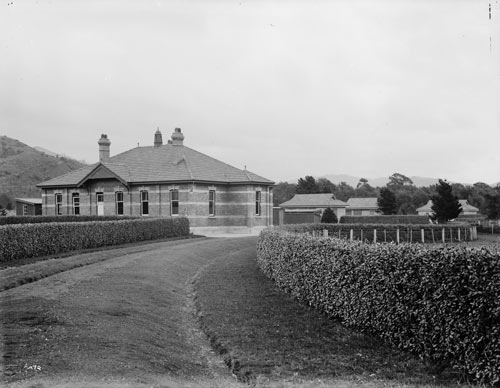
The Wallaceville Research Station was established in Upper Hutt in 1939, and focused on animal research. Twenty years earlier, Department of Agriculture chemist Bernard Aston had conducted experiments nearby to investigate the value of finely ground rock phosphate, basic slag and limestone on sheep growth. He found that Ephos phosphate (from Egypt), Makatea Island phosphate (from the south-east Pacific) and basic slag all increased sheep production. Limestone also increased animal growth. Makatea phosphate was similar chemically to Nauru rock phosphate, which subsequently became the basis of superphosphate, the main fertiliser used in New Zealand.
Using this item
Alexander Turnbull Library, Agriculture Department Collection
Reference:
1/1-007585; G
Permission of the Alexander Turnbull Library, National Library of New Zealand, Te Puna Mātauranga o Aotearoa, must be obtained before any re-use of this image.








Add new comment